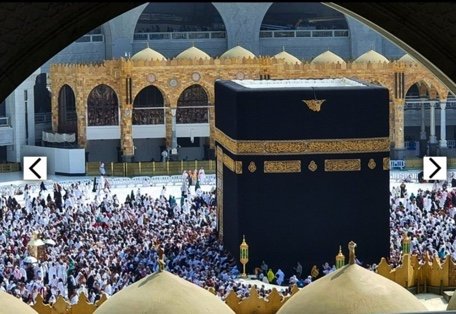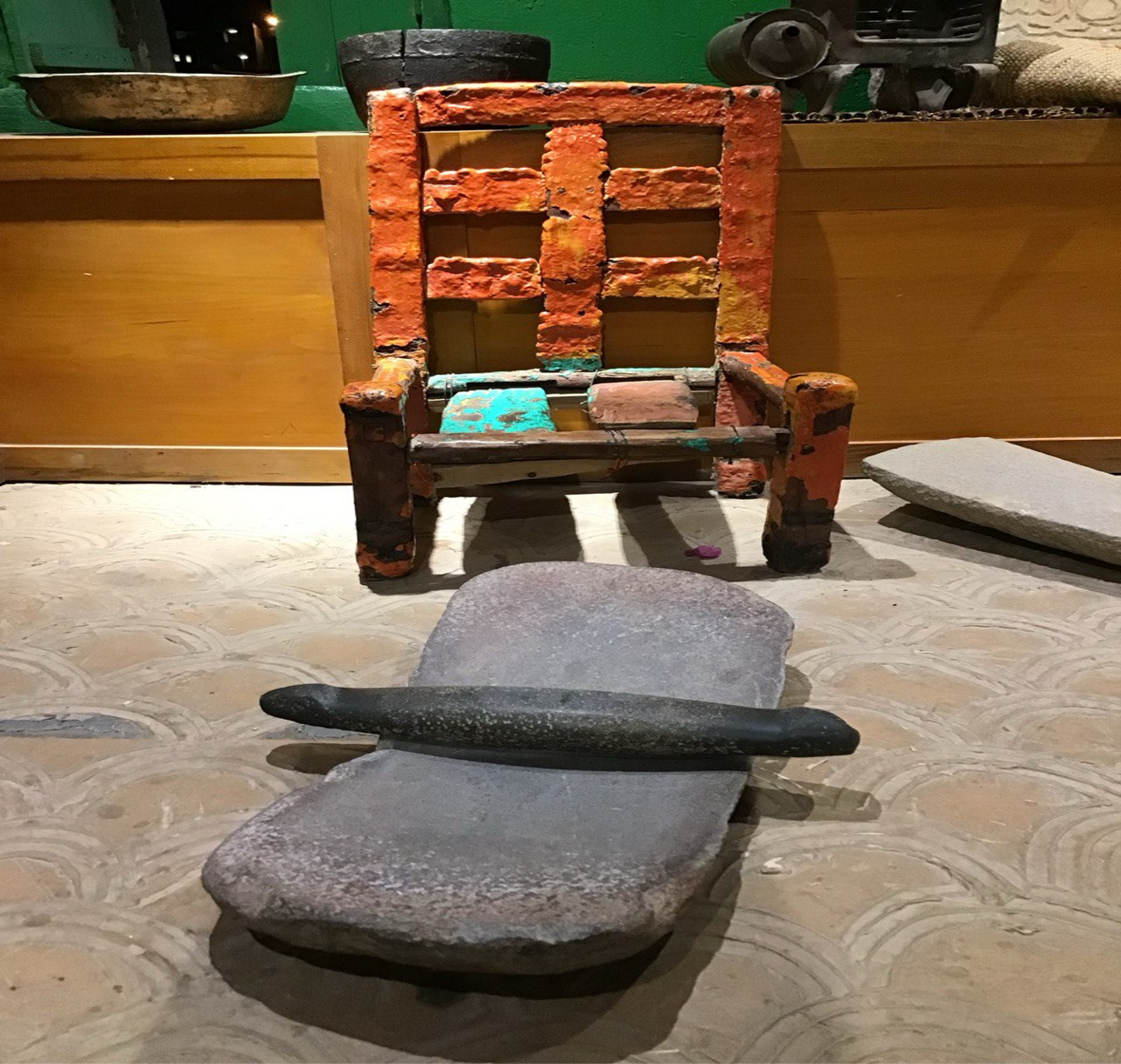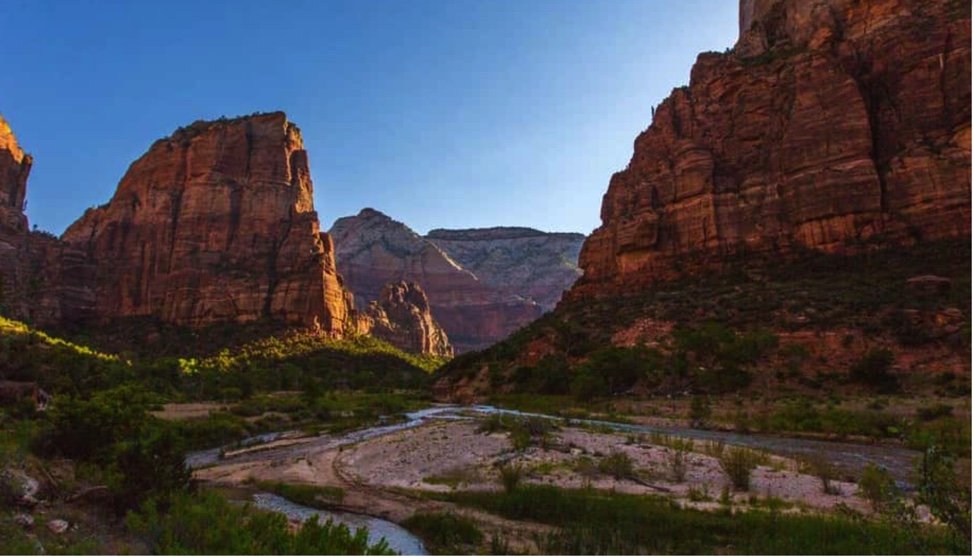The expedition will follow the ancient Incense Trading Route, along the length of the Kingdom of Saudi Arabia, once travelled by traders at the beginning of the first millennium. A distance of some 2,000 km, this epic three-month journey covers dramatically diverse terrain. Starting in the far southwest of Najran, a major trading junction, then progressing north, the route will cross two deserts, the Empty Quarter and the Nafud, the Sarawat mountain range, and pass through major cultural hubs and heritage sites that punctuate the western side of the Kingdom, including Hima, Bisha, Medina, Khaybar, AlUla and Tabuk. The expedition continues through NEOM to the coast, where the journey will conclude on the Gulf of Aqaba.
The expedition team will be following the footsteps of the early traders, for whom this was the main artery for moving their precious commodities of frankincense and myrrh from Southern Arabia, Ethiopia and Somalia to the Mediterranean.
As a C21st expedition will capture the timeless and magnificent cultural heritage of Saudi Arabia, offering the world a focused glimpse of the very real possibility of a sustainable future, as it unfolds, through the kingdom's Vision 2030.
Najran
Town, oasis and mintaqah (province), Najran is in the very southwest, and with a direct highway route from Riyadh, the town of Najran makes for an ideal expedition pre-departure base camp. The province of Najran was one of the main centres producing frankincense and myrrh to supply the Mediterranean basin and the Middle East between 1000 BCE and 600 CE. Today, it remains an extremely fertile agricultural area producing dates, grains and stock, whilst the town of Najran is one of the fastest-growing cities in Saudi Arabia.
The Empty Quarter & Hima Cultural Area
One of the largest rock art complexes in the world, Hima is located on the western boundary of the Rub’al Khali (The Empty Quarter).
Passing travellers, traders and armies, long before the expedition, passed by the oldest known toll station in Hima, taking water from one of three wells, and leaving behind a feast of rock art depicting a cultural continuity of hunting, fauna, flora and lifestyles for 7,000 years, right up until the late C20th. Such a time junction provides a symbolic highlight to the onset of the expedition.
Sarawat Mountains
A mountainous spine, known as The Arabian Shield, runs the entire length of the peninsula on its western side. Steeped in history, it represented a passageway for the incense traders which once again will be retraced as the expedition will follow its eastern flank. Happily for the team, the area is known for it’s coffee plantations on its sloping terraces.
Taif
Perched on the flanks of the Sarawat Mountains and known as ‘the City of Roses’, Taif is famed for its scented roses and gentle climate. It will offer a welcome resupply stop with its plentiful fruits, pomegranate and figs.
Mecca
The spiritual heartbeat of Islam, Mecca resonates with millions of faithful pilgrims each year. The expedition team will pass by the area of Mecca, paying their respects from afar.
Jeddah
The gateway to the Red Sea, Jeddah is a thriving metropolis that blends tradition and modernity. Its bustling souks, historic districts, and contemporary waterfront create a dynamic contrast that reflects Saudi Arabia's evolving identity. Well worth a short detour off the plotted route.
Medina
Medina is considered to be the cradle of Islamic culture and civilisation. It is the burial site of the last Islamic prophet, Muhammad صلى الله عليه وسلم (salla Allahu alayhi wa sallam - peace be upon him). It also marks the start of some straightforward navigation for the team, with the beginning of the old Hijaz Railway line.
Hijaz Railway
A testament to the country's shared history with Britain. Originally constructed to take pilgrims to the holy places in Arabia. It also evokes memories of T E Lawrence and the Arab revolt and is a convenient navigational tool as the expedition follows its due north direction, joining the line at its start in Medina and following it as far as Tabuk.
Khaybar
Located in the heart of the Harrat Khaybar Wadi Hadiyah special Nature Reserve, this “jewel in the sea of lava”, was forged from desert volcanic activity and has a unique ecological system. Ongoing excavations are revealing a wealth of previously unknown history. Freshwater springs and wadis have made for a major oasis for Incense route travellers, through the centuries - and now this expedition of the C21st.
HEGRA & ALULA
As the Kingdom’s first UNESCO World Heritage Site, AlUla is an archaeological treasure trove, with one of the largest preserved sites of the Nabataean civilisation in the Middle East.
AlUla and its surrounding area, is one of the most significant cultural hubs along the expedition route, with Hegra as a fascinating highlight, once a thriving international trade hub. Previously known as Mada ‘in Saleh, its towering sandstone formations, ancient tombs, rock art and treasures provide a portal to this sophisticated ancient civilisation. The area of AlUla is now enjoying a revival of prosperity brought about by painstaking and sensitive restoration work which promises to unlock secrets of the ancient civilization of Nabataeans.
Tabuk
Once a gateway into the Arabian Peninsula, the city of Tabuk served as a major crossroads to earlier travellers, pilgrims, traders and merchants including those following the Incense Route. A major hub of the Hijaz railway, traces of the Ottoman influence can be found in the culture of the city, and most vividly reflected in its legendary souk, Twaheen of Tabuk.
With the arid Nafud desert to its east, Tabuk City is set in a fertile oasis, with a great natural reserve of water, nourishing its wealth of agricultural productivity.
Bir Al Saidni, The Well of Moses, is to be found in the nearby Valley of Magna. The crystal clear water appears to flow against gravity from the arid sands of the Nafud Desert.
In juxtaposition to its ancient heritage, the HQ of the NEOM Project lies 120 miles north of Tabuk.
The Nafud
The second biggest desert in Saudi Arabia, The Nafud has an uncanny beauty with its red sands and large crescent-shaped dunes. It is home to numerous Arabian tales and legends, providing a mystical charm to the surroundings. The Nafud is an ‘erg’ (dune sea) also known for its sudden violent winds that carve out its dunes.
The Expedition route will hug (a section of) its western fringe.
Prince Mohammed bin Salman Royal Reserve
Special permission will be sought to pass through this protected area, a reserve which lies between the Red Sea and NEOM. This reserve showcases the commitment to conserving Saudi Arabia's natural heritage by using its natural environment to resettle wild animals and plants while serving to reduce poaching, overgrazing, and logging in that area, restoring the ecological balance. The area is distinct for its diversity of mountain shapes and rocky cliffs that form high-rise pillars, as well as the availability of freshwater springs, in addition to containing various archaeological sites, such as the facades of Nabataean tombs carved into the rock. A sanctuary for indigenous flora and fauna, it stands as a testament to the nation's dedication to environmental sustainability and the preservation of its unique ecology.
Neom
The final section of the expedition passes through the region of NEOM. Encapsulating the Saudi vision of a sustainable future, this part of the long journey tracing the Kingdom’s past , will represent the future.
The area equates to the size of Belgium and the expedition will be afforded a glimpse into a vision of the future, one which prioritises people and nature, creating a new model for sustainable living, working and prospering without compromising the health of the planet.
NEOM is home to Oxagon, (a clean industrial ecosystem based on the principles of circularity), Trojena (a destination for alpine and mountain sports), Sindalah (a luxury Red Sea destination) and The Line, a linear smart city by the Red Sea coast.
It is only fitting that the expedition concludes within the region, on the coast of the Aqaba Gulf.
Ras Alsheikh Hamid
An uninhabited headland looking out over the Gulf of Aqaba towards Nabq, where the Trilogy’s preceding expedition over Sinai concluded!














